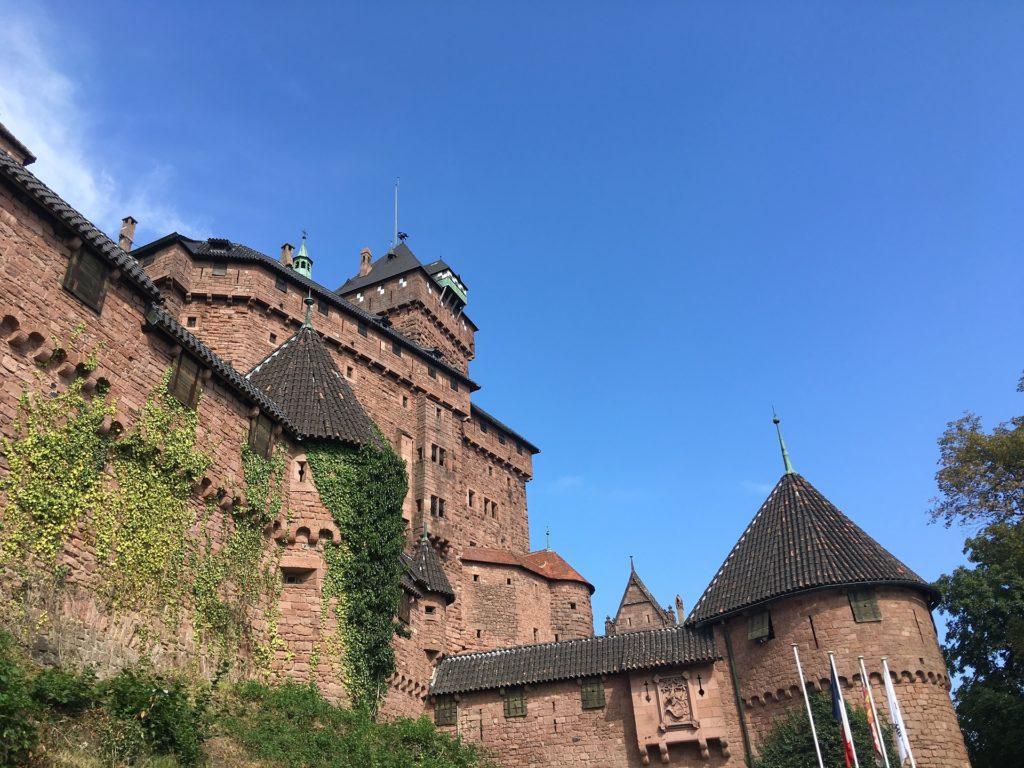Alsace : A Rich History at the Crossroads of Europe
Nestled in the eastern part of France, bordering Germany and Switzerland, Alsace is a region with a unique and fascinating history. Throughout the centuries, it has been at the crossroads of different cultures and empires, making it a melting pot of traditions and influences that still shape its identity today.
From Roman Times to the Middle Ages
The history of Alsace dates back to Roman times, when the region was known as Alsatia and was part of the province of Germania Superior. The Romans left their mark on the region with the construction of roads, fortresses, and other infrastructure that facilitated trade and communication.
In the Middle Ages, Alsace became a center of trade and craftsmanship, thanks to its strategic location along the Rhine River. The region was ruled by local lords and bishops, who built castles and churches that still stand today, such as the Haut-Koenigsbourg Castle and the Strasbourg Cathedral.

A Land of Conflicts and Conquests
The 16th and 17th centuries were marked by religious conflicts, as Alsace became a battleground between the Catholic and Protestant factions of Europe. The Thirty Years’ War (1618-1648) devastated the region, leading to a significant decline in its population and economy.
In the late 17th century, Alsace became part of the Kingdom of France, following the Treaty of Westphalia. The French monarchs saw Alsace as a strategic buffer zone against their German neighbors, and invested heavily in its development, particularly in the city of Strasbourg, which became a center of culture, education, and industry.
However, the 19th century brought new conflicts and conquests, as Alsace became a pawn in the power struggle between France and Germany. In 1871, following the Franco-Prussian War, Alsace was annexed by Germany, and its inhabitants were forced to adopt German culture and language.
A Reunited Alsace
After World War I, Alsace was returned to France, and its people regained their French identity and language. The region suffered greatly during World War II, as it was caught between the Nazi occupation and the Allied bombing. The liberation of Alsace in 1944 marked the end of the war in France.
Since then, Alsace has been a vibrant and prosperous region, known for its wine, gastronomy, architecture, and culture. Its historic cities, such as Strasbourg, Colmar, and Mulhouse, attract millions of visitors every year, who come to admire their medieval and Renaissance buildings, sample their traditional dishes, and enjoy their lively festivals and markets.
Conclusion
Alsace is a region with a rich and complex history, shaped by its strategic location and its interactions with different cultures and powers. Its past has left a lasting legacy, visible in its architecture, language, and traditions. Today, Alsace is a symbol of resilience and diversity, a land where different influences have come together to create a unique and thriving community.


